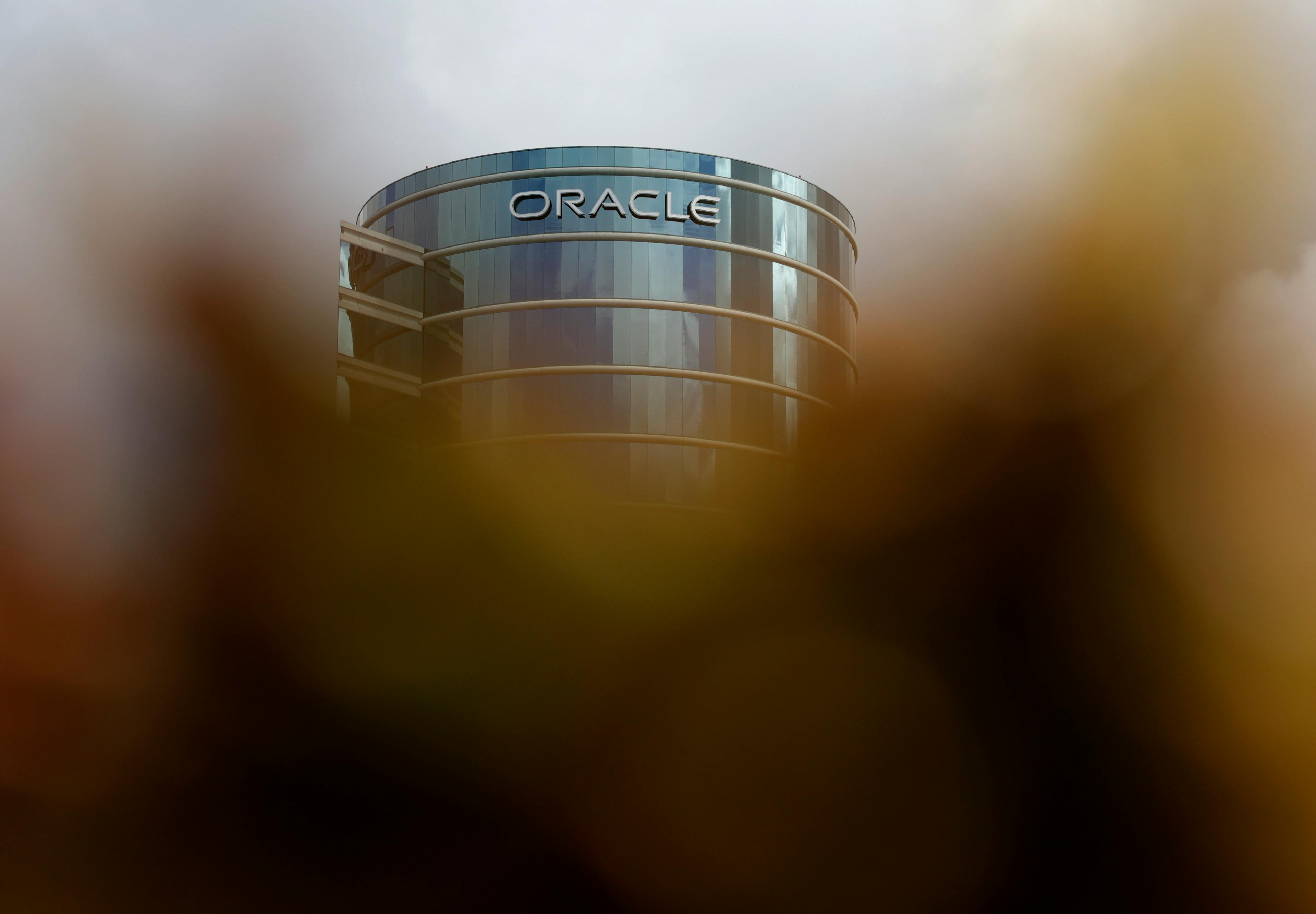Markets are getting more concerned about Oracle’s AI data center debt
The price of insuring against Oracle defaulting on its growing debt load has spike massively since September.
After a respite Monday, AI bears are back in control Tuesday.
Bellwethers like Advanced Micro Devices and Nvidia are getting battered on reports of a brewing collaboration between Alphabet and Meta on chips. And that partnership’s potential threat to OpenAI and some of those who’ve inked deals with the AI startup giant — as investors, customers, suppliers, and sometimes all three! — is causing some jitters out there.
Meanwhile, concerns about all that borrowing that companies have planned or done to finance the giant AI data center build-out boom that’s currently underway continue burbling away in the bond markets. As we’ve mentioned, the price of insuring against a debt default by Oracle has become a closely watched expression of worries about the AI boom.
While some of those concerns seemed to relent earlier today, resulting in a slight reduction in prices for this bond insurance — known as credit default swaps — on Oracle debt, it’s worth pointing out that the concerns also seem to have spread a bit even to companies that have far sturdier financials than Oracle.
And despite today’s dip, the cost to protect against an Oracle default has surged massively in recent weeks.
For instance, according to FactSet data, Microsoft and Meta have also seen prices of insuring against their own default creep higher recently, along with Amazon.
To be clear, the price for insuring Oracle debt is a lot higher than for these other hyperscalers — likely a reflection of the massive amounts of cash the market expects Oracle to burn for the foreseeable future. Furthermore, it shouldn’t be surprising to see markets reflect rising risks for even blue chips like Microsoft as they take on more debt and commit to years of large capital expenditures for a still developing, new technology.
That stunning acceleration in Wall Street’s estimates for Oracle’s cash burn is likely driving the rapid rise in the cost of Oracle CDS. Investors went from thinking that Oracle would generate $25 billion in free cash flow in 2028 to expecting the company to burn $25 billion 2028.
While recently, increased investments in anything AI-related have seemed to push stocks up, that this historical reversal has led not just to more expensive CDS but a slumping share price signals a rise in maybe not skepticism, but at least realism in the market when it comes to the AI boom.
